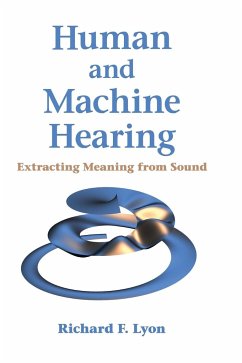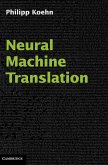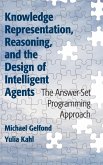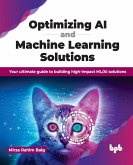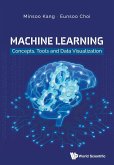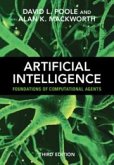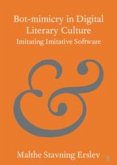"If we understood more about how humans hear, we could make machines hear better, in the sense of being able to analyze sound and extract useful and meaningful information from it. Or so I claim. I have been working for decades, but more intensely in recent years, to add some substance to this claim, and to help engineers and scientists understand how the pieces fit together, so they can help move the art forward. There is still plenty to be done, and this book is my attempt to help focus the effort in this field into productive directions; to help new practitioners see enough of the evolution of ideas that they can skip to where new developments and experiments are needed, or to techniques that can already solve their sound understanding problems. The book-writing process has been tremendous fun, with support from family, friends, and colleagues. They do, however, have a tendency to ask two annoying questions: "Is the book done yet?" and "Who is your audience?" The first eventually answers itself, but Ineed to say a few words about the second. I find that interest in sound and hearing comes from people of many different disciplines, with complementary backgrounds and sometimes incompatible terminology and concepts. I want all of these people as my audience, as I want to teach a synthesis of their various viewpoints into a more comprehensive framework that includes everything needed to work on machine hearing problems. That is, electrical engineers, computer scientists, physicists, physiologists, audiologists, musicians, psychologists, and others are all part of my audience. Students, teachers, researchers, product managers, developers, and hackers are, too"--
